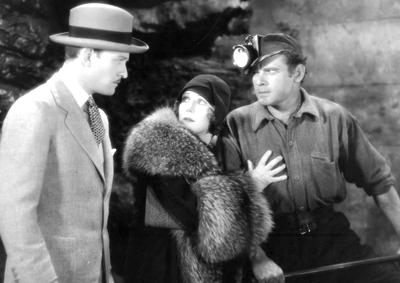Read the Los Angeles Times article.
Hollywood’s transition to sound, despite the romantic mythology that surrounds it, was, as Douglas Gomery underscores in his corrective history, The Coming of Sound, a largely orderly process governed by rational corporate strategies. That is not to say, however, that the period between 1927 and 1930 was without its quirks. One curious legacy of the transition era is the existence of multiple versions of feature films produced by studios which suddenly found themselves having to service, for the interim, two domestic markets—those theaters with sound and those without—as well as foreign theaters before subtitling or dubbing became practical. By the 1929-1930 season, as Gomery notes, every major studio produced and distributed both silent and sound versions of every feature film they made. While sound versions made their way to urban markets where conversion rates were higher, silent versions made their way to unwired rural theaters in the United States or to foreign theaters where local language intertitles were cut into prints, often with synchronized music and effects tracks. Though every studio had its own approach to producing each version—sometimes shooting them simultaneously, sometimes concurrently, sometimes using alternate takes for one version or the other—the differences between them revealed in the words of one critic of the time that “producers are now dealing with two distinctly different forms of expression...The variance in length of scene, gestures and timing called for would immediately be apparent even to the most casual observer." This series explores the phenomenon of multiple versions from the transition era by presenting both versions of classic titles and rarities back-to-back as double bills. While differences can be subtle or obvious—in the case of Frank Capra’s Rain or Shine (1930), the sync track international version features a different ending than the domestic sound version—viewing both versions can reveal much about the nature of both media, as well as the way an industry in flux adapted its product to satisfy changing markets.
Special thanks to: David Stenn; Mike Feinberg, Universal; Rita Belda, Sony Pictures.






 Mobile Navigation
Mobile Navigation









